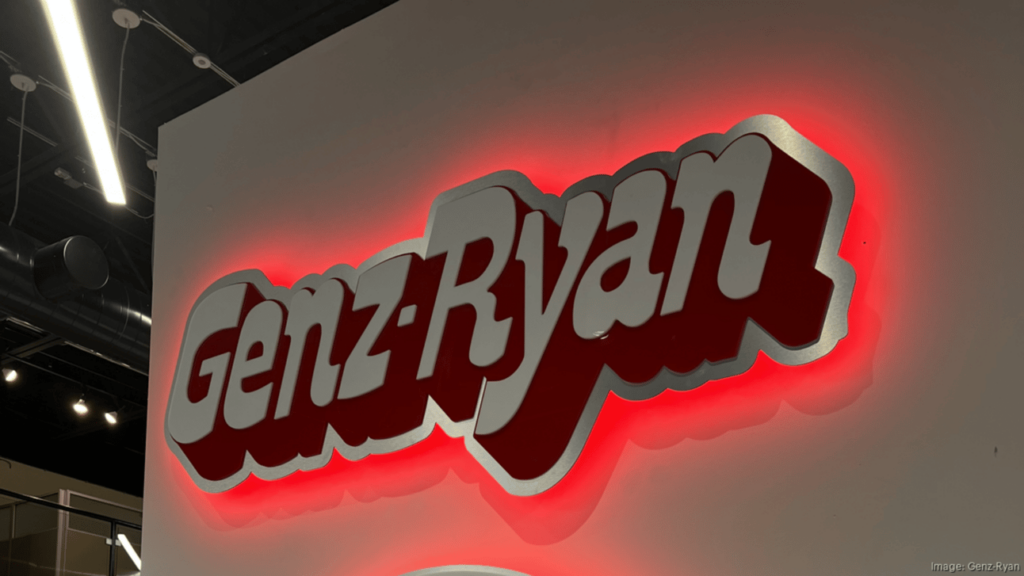Industry Voices: Coolray of Nashville’s Kara Hoffpauir
September 29, 2023

📷 Conversation Snapshot
Some takeaways if you only have a minute to spare.
-
Industry bloat contributed to today’s labor problem. Decades ago, blue-collar industries were “bloated”, causing people to seek employment elsewhere. Now, the tables have turned, and tech companies are bloated.
-
Although a perk of big companies, in-house training programs are a real strategy. Companies will bring in recruits, pay them to get trained, and offer them jobs after completing the program.
-
Retaining existing employees is equally as, if not more, important than recruiting new employees. People talk in the trades, and word of mouth helps attract new hires.
-
Younger generations have different expectations. Young people have options nowadays, and value employers that treat them well.
Intro
We sat down with Kara Hoffpauir, the Lead Recruiter at Coolray HVAC, Plumbing, and Electrical of Nashville to talk about her background, why she thinks the labor shortage exists, and the future of the industry.
Below is a summary of our conversation, edited for clarity:
How did you find yourself in the HVAC industry?
I’m originally from Austin, TX, and went to school in North Texas. After school, I did some traveling — I visited New Zealand, Australia, Europe, and a little bit of Asia before landing in Nashville.
When I got here, I worked a couple of jobs. One was doing recruiting at a landscaping company, and the other was at a tech company. Then one day, a recruiter approached me. Coolray’s parent company was expanding into Nashville and wanted me to lead recruiting for them.
The company owns a portfolio of brands in 12 states, and they did a good job pitching the trades to me. They explained how the industry stayed strong through Covid, why the home improvement boom happened, and how they’re in a good position to take care of their people. It was just the right place, right time.
It’s known there’s a labor shortage in the industry, but why do you feel it exists?
In the early 1900s, most people had blue-collar jobs. But at a certain point, there was a push towards a four-year education. Parents wanted their kids to go to college, and it’s pretty much stayed that way since.
Another part of that, though, is that the blue-collar industries were bloated. Because there were so many jobs, employees were expendable, so people started looking for alternatives.
There’s also a big knowledge gap when it comes to earnings potential and a distorted view of what a blue-collar worker looks like today. Some of the top tradesmen and women are making up to $200k a year working hours similar to a corporate employee making $50k a year.
How are you and Coolray addressing it?
First, we do the basics. We have relationships with trade schools, show up at supply houses, and have a presence in the local community. We’ll set up booths at baseball games, for example. And I’d say those three channels are equally as effective.
Now it’s a perk of being a bigger company, but we also have Coolray Academy. Only in Atlanta for now (not Nashville), it’s a program where we actually pay people to get trained, and we’ll offer them a job right after. We have our own curriculum and hire educators to run the program.
Employee retention is another important part. In this industry, people talk. And because of that, word of mouth from existing employees helps attract new hires. Plus, we focus on culture and rapport because something unique about the trades is that people will leave and come back to the same company — so it helps long term.
What are some other challenges with getting people excited about the trades?
Like we’ve talked about, the general stigma around the industries is a big hurdle. But a unique one is getting people to realize that the industry “bloat” I mentioned earlier, has flipped. Now the tech companies are the ones that overhire and end up laying people off. In the trades, this isn’t the case.
There’s a lingering perception issue around technical colleges, partly from the ITT Tech scam. It’s important for people to realize that not all technical or trade schools are like that.
Another challenge is the lack of state initiatives that drive recruiting at younger ages. Ideally, we start recruiting candidates while they’re in high school. With that said, the challenge with younger recruits is they assume they should make as much as experienced workers right out of the gate. So, we have to help them understand that they can, but it’ll take time.
In your opinion, how does all of this play out in the future?
I think compensation for these jobs will go up a lot, just because the labor supply isn’t keeping up with societal and demand growth. There will also be more diversity, including women and those with disabilities. We, for example, are happy to accommodate a disability.
It’s just not your grandparents' trade anymore. The younger generations have different expectations, and they want to work at a place that treats them well. They know they have other options if not. Even though it’s bigger companies that can afford it, benefits packages will get better, too, and include a 401(k), health insurance, PTO, etc.
Both sides of the industry — the older, experienced talent and the new talent — think their way of doing things is the right way. But I think they can learn a lot from each other, and I hope the two groups realize it over time. And I think, just broadly speaking, more people are interested in the trades than before. I didn’t see myself being in HVAC when I got out of college, but I’m happy to be here.
If you could have dinner with anyone in history, who would it be?
My grandma. She passed away when I was five, and I never really got to know her, so it’d definitely be her.
📬 Get our stories in your inbox
Keep reading
The HVAC industry has seen consolidation — but it’s not over yet
A combination of consumer dynamics, fragmentation, and investor timelines will drive more consolidation
What contractors are saying: Working with Gen Z
Lessons, observations, and more from contractors across the U.S.
An inside look at Genz-Ryan’s tech stack
Seven core pieces of software keep the company running, says CEO Jon Ryan


